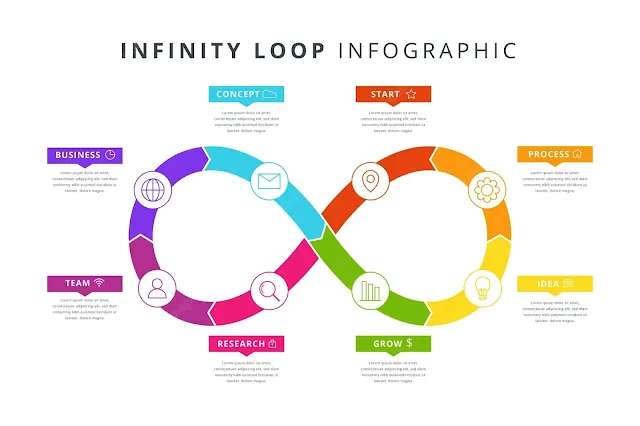Generative Research. In today’s fast-paced world of business, it’s imperative that organizations find new and innovative ways to remain competitive. Generative research is a technique that can help businesses grow by providing a dynamic view into the future of their industry and how best to position themselves in it. Generative research involves finding solutions to problems through the use of data, insights and ideas uncovered during the process.
 |
| Generative Research |
Generative Research
It can be challenging for businesses to adopt this type of research given its advanced nature, but there are many benefits when they do so.
This article will explore:
1- What generative research is?
2- Why you should adopt it?
3- Different types of generative research.
4- Famous case studies and much more.
What is Generative Research?
Generative research is a tool used to create new ideas. The term generative comes from the idea that the research process focuses on creating new insights and ideas, while the term research refers to the fact that the process involves searching for new insights and ideas. Duringthe generative research process, you’ll seek to identify new insights and ideas as opposed to rehashing old ideas. Generative research approaches can vary greatly, but they often involve a combination of qualitative and quantitative research methods.
Quantitative research approaches tend to focus on data collection and analysis, while qualitative approaches are more open-ended and often involve group discussions. When you combine these two research approaches, you can explore your data from different perspectives to identify new insights and ideas.
Why Should You Adopt Generative Research?
Generative research is a dynamic approach to data collection and analysis that can help your organization uncover new insights and ideas. This approach is particularly important in today’s fast-paced business environment, where competition is fierce and change is constant. Organizations that don’t have a dynamic view of the future don’t stand a chance of surviving in this environment. Generative research helps organizations get ahead by providing a dynamic view into the future of their industry and how best to position themselves in it. With this information, organizations can make strategic decisions to grow and compete.
Types of Generative Research
There are several types of generative research, including:
1- Conceptual Research - Conceptual research is used to explore the underlying ideas and concepts that influence consumer behavior. This particular research approach is often used to explore emerging or unproven concepts to create new products or solutions that meet future customer needs.
2- Experimental Research - Experimental research involves testing out new ideas in a controlled setting. This type of research is particularly helpful for testing marketing campaigns and products.
3- Ethnographic Research - Ethnographic research is often used to explore consumer behavior and preferences as they currently exist. This approach is useful for understanding current trends and customer insights to inform future decision-making.
4- Trend Analysis - Trend analysis looks at historical data to uncover trends and predict future consumer behavior. This research approach is particularly helpful for understanding broader industry trends.
5- Behavioral Audit - A behavioral audit focuses on a specific group of consumers to understand their behavior, preferences and motivations. This type of research is helpful when you need to better understand a specific group of customers.

The Generative Research
 |
| The Generative Research |
Case Studies: Starbucks and Domino’s
As we wrap up this article, let’s take a look at how two well-known companies used generative research to catapult to success. Starbucks was a small coffee chain when Howard Schultz returned to the organization in 1997 as its CEO, but it had big plans for the future. Schultz used generative research to discover what differentiated Starbucks from other coffee chains. He realized that customers liked the ambiance and experience of Starbucks, not just the coffee. With this insight, Schultz was able to position Starbucks as more than a coffee chain — it was a place to go and be. Starbucks was able to transform from a small coffee shop into a global brand.
Domino’swas once known for its terrible service and mediocre pizza. After becoming CEO in 2000, Tom Monaghan decided to use generative research to transform the brand. Through studies, Monaghan learned that customers wanted a better experience when they ordered Domino’s, including a more accurate estimation of how long it would take their pizza to arrive. In addition, he learned that customers didn’t like the idea of someone picking up their pizza order — they wanted it delivered. These insights helped Domino’s transform into a wildly successful company.
Summary
As you can see, generative research is an advanced data collection and analysis approach that can help your organization uncover new insights and ideas. This approach is particularly important in today’s fast-paced business environment, where competition is fierce and change is constant. Organizations that don’t have a dynamic view of the future don’t stand a chance of surviving in this environment. Generative research helps organizations get ahead by providing a dynamic view into the future of their industry and how best to position themselves in it. With this information, organizations can make strategic decisions to grow and compete.